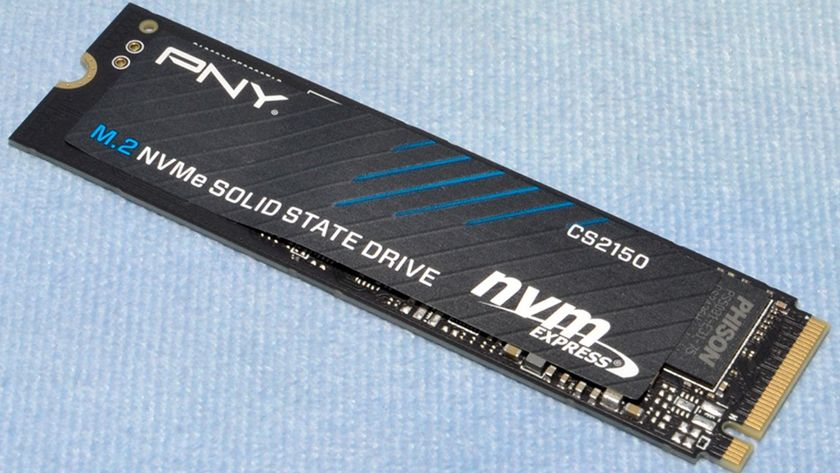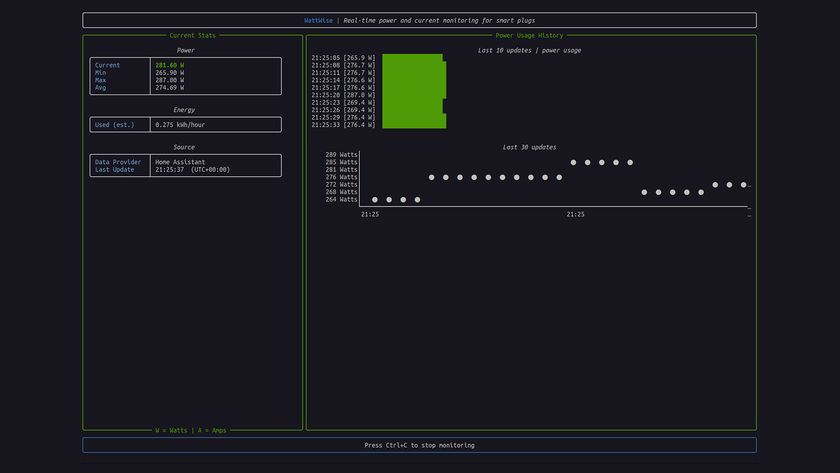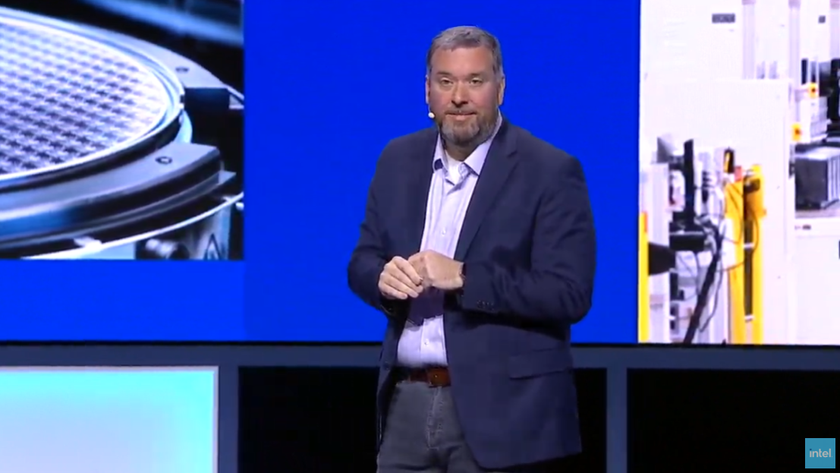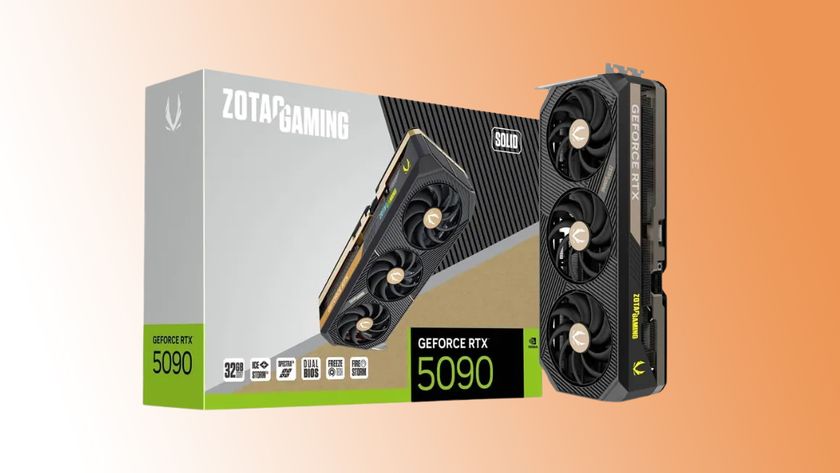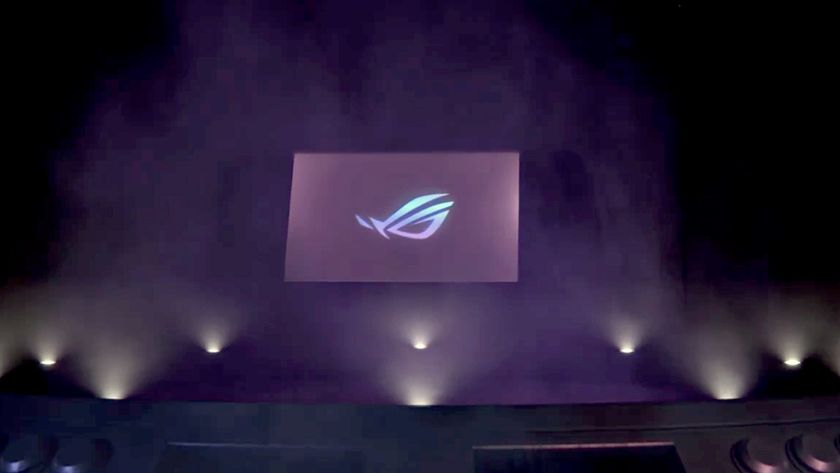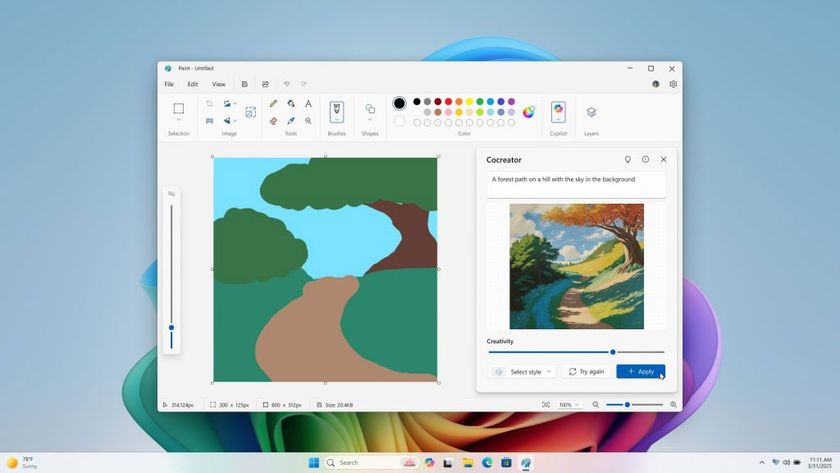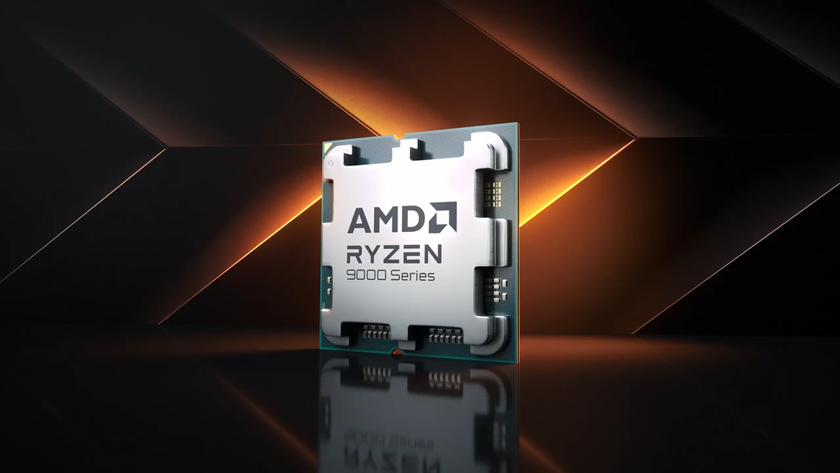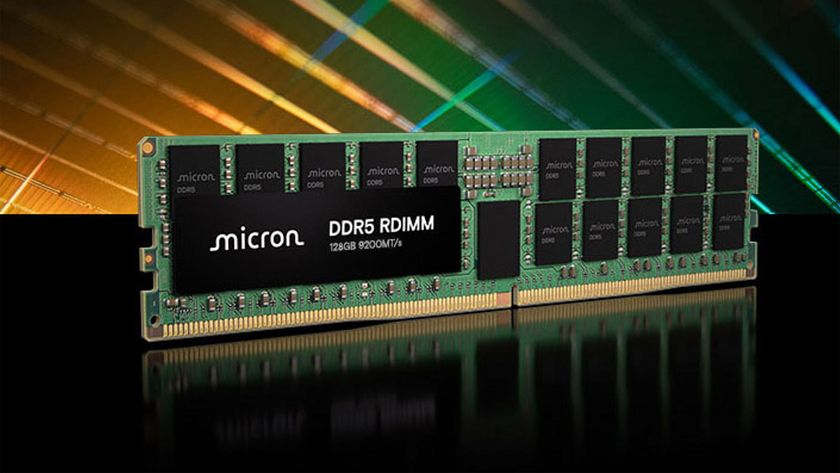Toshiba Levels Up The XG5-P NVMe SSD
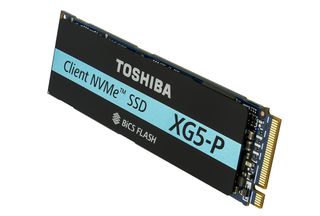
Toshiba announced a new premium NVMe SSD that falls in the XG5 product line. The new XG5-P (for Premium) increases performance and doubles the available capacity for the series. The drive is purpose-built for heavier workload environments such as workstations, where the extra performance can benefit users rather than just look good on a specifications sheet.
| Product | XG5-P | XG5 |
|---|---|---|
| Capacities | 1TB, 2TB | 256GB, 512GB, 1TB |
| Form Factor | M.2 2280SS | M.2 2280SS |
| Sequential Read | 3,000 MB/s | 3,000 MB/s |
| Sequential Write | 2,200 MB/s | 2,100 MB/s |
| Random Read | 320,000 IOPS | Unknown |
| Random Write | 265,000 IOPS | Unknown |
When we tested the XG5 1TB, we noticed that Toshiba didn't release any random performance data. The specifications sheet still omits that information to this day. It's not uncommon for OEM system drives to use custom programming and firmware for different clients and even for different systems. To save battery life, for instance, a company like Dell could request the drive only reach a limited number of IOPS at lower queue depths in order to save power. The same can happen with throughput. The faster you move the data, the more power is consumed. Notebook makers have to balance performance against the penalty that shows up in power consumption.
To provide a comprehensive client SSD portfolio from basic laptop storage to read-intensive enterprise use cases, Toshiba optimized the XG5 series to further accelerate applications requiring enhanced random I/O performance. Featuring a PCI Express Gen3 x4 lane and NVMe Revision 1.2.1 interface, XG5-P SSDs deliver outstanding performance, reaching up to 3,000 MB/sec of sequential read and 2,200 MB/sec of sequential write5, and up to 320,000 random read and 265,000 random write IOPS6. Excellent power efficiency was maintained to achieve these data transfer rates – XG5-P SSDs consume less than 60mW.
We spoke with Toshiba about the new Premium class addition to the XG5 product line to gain some additional insight. The drive is in qualification with customers now and we will likely see it in products in early 2018. We were told not to expect to see the drive in retail-ready products at CES 2018, which takes place in just over a month, but we can expect to see the drive in products soon after. That does open the door for some vendors to show early designs at CES using the drive, but we don't expect this product to ship in just any back-to-school notebook.
The extra performance and its power cost moves the XG5-P into the workstation and mobile workstation products that sell at a premium. Toshiba is clearly targeting Samsung's flagship OEM-focused NVMe SSD, the PM981 (which we just published an article on today). Toshiba has a leg up in this race. The big selling point for Toshiba XG5-P is that the company is already shipping a 2TB single-sided model for qualifications. Samsung may already be doing the same, but we have yet to find the 2TB and the PM981 mentioned together.
There is the obvious question for everyone and that is why this matters to you. The fab companies have began to trim the fat and more of the OEM SSDs are the precursor to retail products that ship from different divisions. There is no doubt that that we will be able to draw a direct line from the XG5-P to Toshiba's upcoming RD400 successor, which we believe will come under the name RD500.
Stay On the Cutting Edge: Get the Tom's Hardware Newsletter
Get Tom's Hardware's best news and in-depth reviews, straight to your inbox.
-
vern72 It may not be the best performance, but at least it's in the ballpark. Gotta see the lifetime write capacity though.Reply -
derekullo Reply20436105 said:I use this site to express my life that i have to keep behind closed doors http://sexbadoo.ml
https://www.youtube.com/watch?v=moSFlvxnbgk
-
derekullo I wonder how efficient an ssd could be even if it had to revert to hard drive level performance.Reply
https://img.purch.com/r/600x450/aHR0cDovL21lZGlhLmJlc3RvZm1pY3JvLmNvbS9XL1AvNzI4MjMzL29yaWdpbmFsL2ltYWdlMDQwLnBuZw==
How much more past 358 minutes till we are at a 0 power draw from the ssd?


